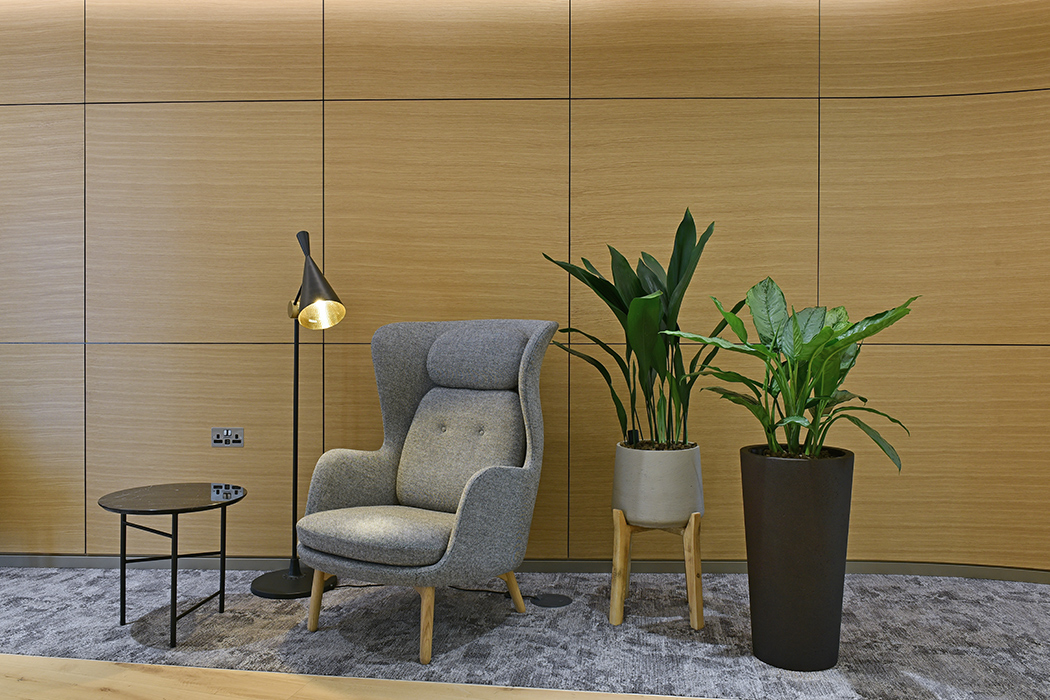How to combat Sciarid Flies
What are Sciriad Flies?
Commonly known as Fungus Gnats, Sciriad Flies are small insects that are commonly found in moist environments. Sciarid Flies are usually between 3mm to 4mm long, so they are considerably smaller than normal flies. The Larvae are usually too small to be seen by the human eye.
Can they cause me/or my plants damage?
Adult fungus gnats don’t damage plants or bite people; their presence is primarily considered a nuisance. (Source: The University of California). Additionally. they cannot cause damage to established plants. However, they can damage seedlings or cuttings.

Why are they on the rise?
In 2018, the E.U banned the use of Neonicotinoids – a systematic pesticide that kills & prevents Sciarid Flies. It was banned as it is also harmful to Bees, Bats, Hummingbirds, our food & our health,
As the majority of the indoor plants used in the U.K are imported from Holland, this means that the house plants and/or office plants you buy are now increasingly susceptible to Sciriad Flies and have no systematic defence.
Although it may seem like a problem unique to your home or office, it is a problem facing everyone in the horticulture industry from Mushroom Growers to Sugar Beet Farmers.
Why are they attracted to my office or house?
They are attracted inside as they live & feed on dead organic matter. Therefore, rotting food (especially fruits) and decaying plants are prime targets for flies.
Additionally, they prefer to lay their larvae in warm & moist environments. Consequently, your office & home environments are a much more attractive habitat than outdoors in the colder U.K climate.

What steps do Exubia take to prevent their spread?
To help prevent the spread of Sciriad Flies we’ve implemented a number of strict bio-controls. The methodology employed is that the aerosol and pads diminish the live flies, whilst the nematodes attack & destroy eggs & larvae within the soil.
Typically, Sciarid Flies only live and breed in the top inch or so of the compost. For that reason, should your office ever experience a spread then we would intend to strip off the top 2-3 inches of compost on every plant display, & replace it with the new compost, preventing further spread.
We also ensure our glasshouse is completely free of any and all decaying matter, we keep the facility as airtight as possible and ensure no food is brought in and around the plants.
What steps can I take to prevent their spread?
To help ensure no Sciarid Flies are attracted into your space it is best to ensure there is no decaying matter anywhere in your space.
It is even more important to ensure none of this decaying matter is left near the plants or placed near the base of the plant as this will lead to the spread of Sciarid Flies from the decaying matter to the plants.

How do Exubia treat Sciarid Flies after they’ve spread?
There are three types of natural, organic treatment we use when it comes to Sciarid Flies…
Nematodes
Harmless to ornamental crops, humans, the environment and other beneficial insects, Nematodes actively seek out fungus gnat larvae. They locate hosts by detecting carbon dioxide and other waste products. After locating pest larvae, nematodes kill the insects.
Greenhouse Rove Beetles
Similarly harmless to ornamental crops, humans, the environment, and other beneficial insects – Greenhouse Rove Beetles are a generalist feeder however adults and beetles at young stages are particularly good at feeding on the larvae of fungus gnats.
Diatomaceous Earth
This compound is made from the ground-up bodies of prehistoric diatomic fossils. When ground, these tiny oceanic skeletal pieces are very sharp and produce the effect of many miniature razor blades.
It should be noted however that although these pieces are sharp, they will not damage your pots or anyone who comes into contact with the compound due to the size of the pieces.
Sticky Pads
Sticky Pads are set up in a few seconds and can catch fungus gnats and other pests directly. They are effective for up to three months, are completely odourless and contain absolutely no toxins.
How do they work? The flies are attracted by the yellow colour of the trap and stick to the glue layer – allowing us to dispose of them directly.
